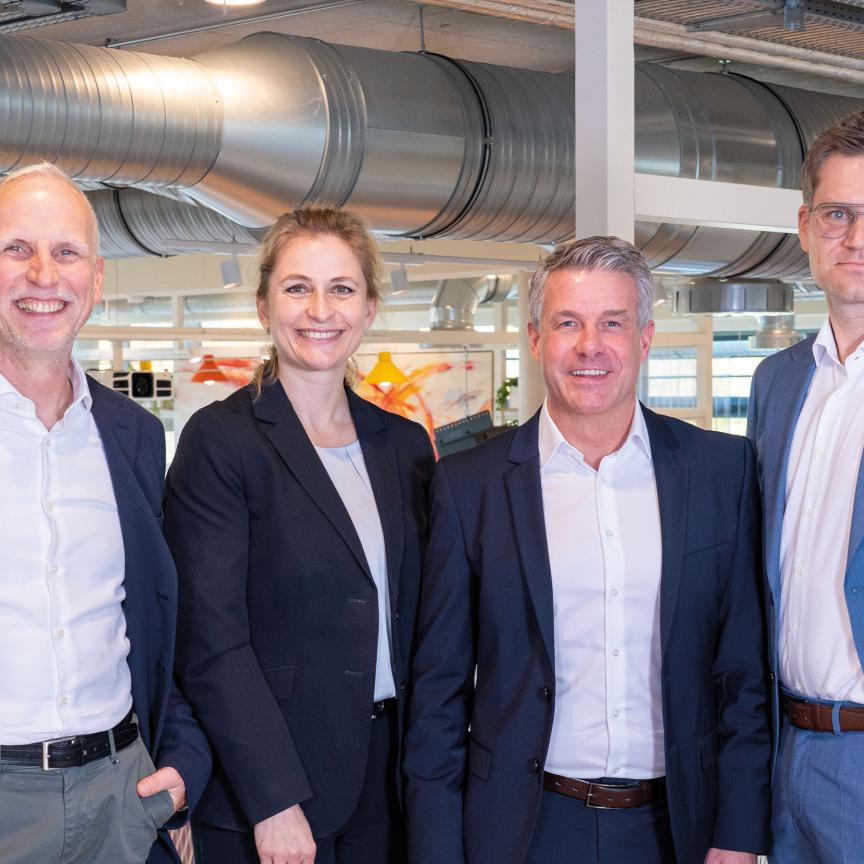As part of the Space Observatory Control Kit (SpOCK) project at the Maui Space Surveillance Complex in Hawaii, which began about 15 months ago, the aerospace company Boeing is developing a common set of software for processing images from telescope cameras and sensors.
At the facility, the US Air Force and Boeing use a suite of highly sophisticated telescopes to track space objects and man-made debris in near-Earth and deep-space orbit. The observatory supports US military operations as well as research and development.
Upgrading sensors at the facility requires customised computer software changes that can take months to develop. Boeing engineer, Bruce Rose, who is overseeing the SpOCK project, commented: 'The goal is to build a more flexible, reliable system that is cheaper to run and allows relatively easy integration of new sensors and experiments so that the [US]Government's dollars can be spent more on executing research and less on sensor and equipment development and integration.
'Our main research area involves what is called "space situational awareness",' Rose continued. 'Basically, finding ways to determine what thousands of man-made objects in space are doing, where they are, what they are and how they are orbiting. Since our budgets are relatively fixed, if the cost of deploying and maintaining a sensor is less, then there is more money to actually use the sensor to make observations and to further the research.'
The software changes are initially being applied to the Advanced Electro-Optical System, a 3.67m diameter, 75-ton telescope that is the largest in the US Department of Defense inventory. They will later be applied to Maui's five other telescopes over the next two years.
The commonality is expected to greatly reduce the amount of custom software required, making it relatively easy to incorporate new or upgraded sensors into the system. For example, a complex sensor that now takes six months or more to develop and integrate is expected to take a month or less to bring to fruition once the computer upgrades are implemented. A simple sensor that took several weeks to develop and integrate will see its implementation period reduced to a week.
The computer upgrades are part of Boeing's nearly two-decade effort, under contract to the US Air Force, to provide technical support services to the Maui site.
'The Maui Space Surveillance Complex is a critical national asset supporting research and providing space situational awareness,' said Air Force Lt. Col. Mike Harvey, chief of systems engineering at Maui. 'These computer upgrades will help the system continue its vital missions for many years to come.'
Rose said that knowledge gained from SpOCK will be also applied to the US Air Force's Starfire Optical Range in New Mexico, another telescope facility that Boeing supports. The Starfire facility focuses on laser and adaptive optics research.

